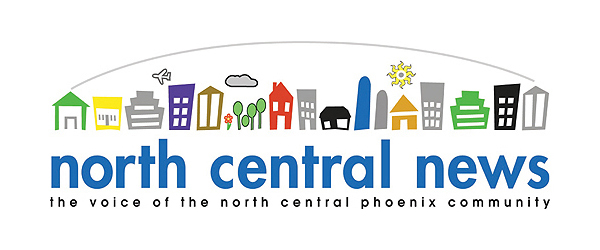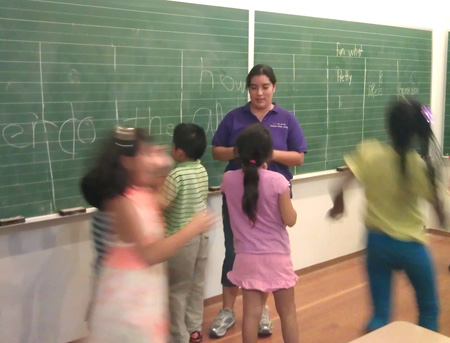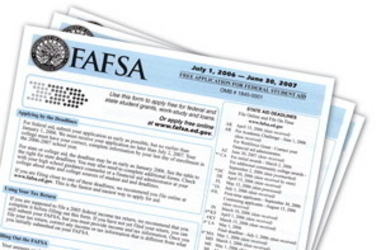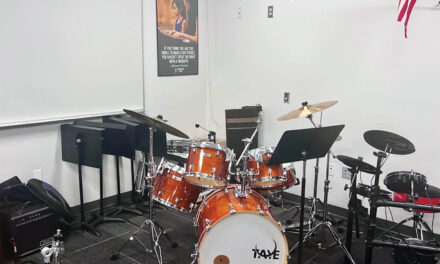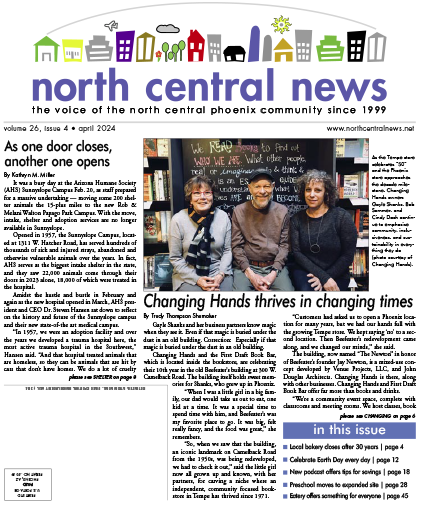North Central art teachers are finding new and creative ways to adapt to online learning amid the COVID-19 pandemic.
Many schools are still practicing virtual learning due to the Coronavirus crisis, meaning that arts departments within local schools are facing daily challenges as they adapt to this educational format.
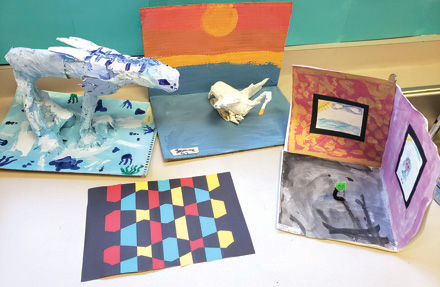
Art teachers in North Central schools have found creative ways to engage students in lessons through online/virtual experiences during the COVID-19 pandemic (submitted photo).
During a typical school year, art classes would be held in classrooms that are fully equipped with paper, paint, clay and other materials for students to use. However, in response to Centers for Disease Control and Prevention (CDC) recommendations, most art classes are now held virtually, meaning that many students are no longer on school campuses for their classes. This has had a significant impact on the way that art teachers conduct their classes this semester.
Joanna Ewald, a visual art teacher at Madison Rose Lane Elementary School in the Madison Elementary School District said that the most challenging part of teaching art this semester has been accounting for the fact that students don’t always have access to materials.
“We spent a lot of time trying to make markers and crayons interesting in the beginning,” Ewald laughed.
Elizabeth Archuleta, a visual art teacher at Longview Elementary School in the Osborn Elementary School District expressed similar sentiments.
“When you don’t have a regular classroom with supplies and everything, kids basically just have crayons,” Archuleta said. “You’re lucky if they have a blank, white sheet of paper. So you’re very limited in what you can do.”
The Madison and Osborn districts have announced that they intend to allocate funding to providing students with certain art supplies in the near future so that students have materials for the classes. In the meantime, art teachers are constrained to creating lesson plans that involve things students already have at home.
Sara Daffe, a visual art teacher at Madison Park Middle School, said that in addition to making the classes accessible for all of her students, she tries her best to create lesson plans that give the students independent work-time, so that her students aren’t “over-screened.”
“All of our students are on their computers almost constantly now, I really try to give them options that allow them to get off of their computers during my class,” Daffe said.
Nevertheless, perhaps the biggest challenge facing arts teachers this semester is building personal connections with their students. Many teachers said that usually they make connections with students by asking them about the art they’ve made in their class. As a result of virtual learning, many of them are barred from connecting with their students on this level.
“I don’t feel like I’m building that same relationship with my new students, and if I’ve had the students before, it feels like our relationship is just stalled,” Ewald said.
Despite the challenges that art teachers have faced, many have been able to create exciting new projects that keep students engaged and spread positivity around the community. For example, Melanie and Hazel, kindergarten and third-grade students at Madison Rose Lane Elementary School, said that one of their assignments was to draw “Health Heroes,” images of doctors and nurses that said “thank you” at the top, which were then given to medical professionals at COVID-19 testing centers.
Many of these schools are scheduled to resume in-person learning sometime this month and some began classes on campuses again last month.
